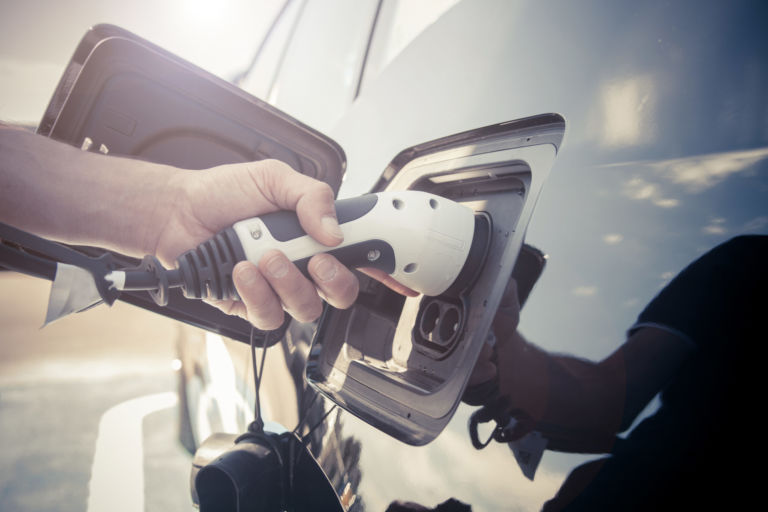Andrew Stuttaford of National Review Online explores one particularly bad location for electric vehicle mandates.
One of the defining characteristics of central planners is how unwilling they so often are to accept that reality may fail to live up to their dreams, directives, and targets. They tend to reckon that they just have to give the order and, say, a new technology will be invented on schedule or that consumers will change the consumption habits of a lifetime. Mundane considerations such as geography can be safely ignored.
For a couple of days last month, I drove around large and largely empty areas of southern New Mexico (it’s something I like to do). Gas stations were, on some stretches of road, not to be seen for a long, long time—but, knowing that I would easily have enough gas in the tank to last for a good while, “range” was not an anxiety. It would have been a different matter had I been looking for electric vehicle (EV) chargers. …
… Large, sparsely populated (just over 2.1 million people), relatively poor, and, depending on the season and where you are, subject to temperatures high and low enough to affect EV battery life, New Mexico must be one of the states least suited to EVs. But, as is explained on the NRDC site, sales of new conventional cars in the state will be squeezed from 2026, culminating in a ban in 2035. …
… In the first half of 2023, EVs accounted for 4.85 percent of new cars sold in New Mexico, up from 4.17 percent for the whole of last year.
That’s an increase, but it’s still not a lot of vehicles, meaning that New Mexico’s consumers clearly do not understand what type of new car is best suited to their needs and pocketbooks. How lucky for them that the state is stepping in to help them out with their decision-making. How sad that this intervention will not make any difference to the climate.


